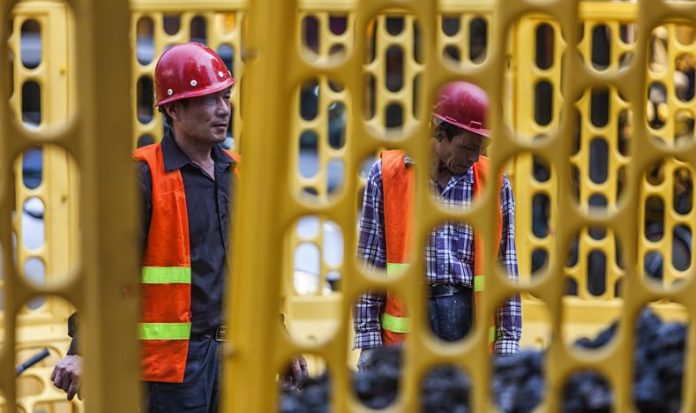Worker exploitation, often synonymous with modern slavery, involves “severe exploitation making a person unable to leave due to threats, violence or deception,” says Carl Knight, Investigations Manager for Immigration New Zealand. “It includes forced labour, debt bondage, forced marriage, slavery, and human trafficking.” He adds that the most prevalent form of exploitation in New Zealand revolves around forced labour, particularly affecting vulnerable individuals on temporary visas such as visitor or tourist visas.

At a recent presentation by Carl Knight at the Police Ethnic Forum, alarming insights into the exploitation faced by vulnerable migrant communities came to light. Knight underscores the pressing need for improved communication and collaboration to protect these communities from the scourge of modern slavery, which has imprisoned 40 million victims worldwide.
“Exploitation, or modern slavery, is the unfair advantage taken of someone for personal or financial gain,” explains Knight, shedding light on the dark underbelly of immigration investigations. These investigations often uncover cases where vulnerable migrants are paid meagre amounts in cash while their employers rake in significant profits.
The extreme end of exploitation, Knight emphasizes, involves human trafficking, specifically for sexual exploitation. He notes that the illicit practice is particularly rampant in Southeast Asia and China, with perpetrators bringing prostitutes into New Zealand on tourist visas and taking advantage of their temporary migrant status.
Forced labour, however, remains the most significant issue in New Zealand, as industries like horticulture and construction exploit the shortage of labour. Exploitative employers, often from migrant communities themselves, bring in workers on temporary visas, violating labour laws and taking advantage of the wage differentials between New Zealand and vulnerable countries in Southeast Asia and the Pacific.
One of the most shocking revelations from Knight’s presentation is the prevalence of exploited migrants paying exorbitant amounts for the right to work in New Zealand and then ending up underpaid in horrible work conditions. “There are people paying between $20,000 and $50,000 for the opportunity to come to New Zealand and work. They owe a big amount of money when their annual wages are only a few thousand dollars, so they’re bonded to the debt. They will do anything in New Zealand to pay off the debt.”
Knight’s investigations included a case involving a Samoan man exploiting vulnerable Samoans over two decades, showcasing the depth of control that perpetrators exert. “The victims, often on temporary visas, were subjected to slave-like conditions, working in horticulture without pay. The exploitation continued for 20 years. The victims were afraid to complain because they were not supposed to be here.”
Among the significant risk factors that perpetrators use to control victims, those particularly emphasised by Knight include, “language barriers, isolation and financial bondage. On top of that, if you take someone’s passport, it’s a very personal thing. Often, exploiters will tell us they were retaining it for safekeeping, but it’s to keep control. It’s probably the biggest risk factor that we see.”
“This exposé serves as a call for community leaders, authorities and the public to be vigilant and proactive in addressing the exploitation risks faced by New Zealand’s migrant communities,” says Mel Fernandez, who attended the Police Ethnic Forum.
“With the awareness raised through Knight’s insights, a collective effort is needed to dismantle the structures of exploitation and create a safer environment for those seeking a better life in the country,” he adds.










































